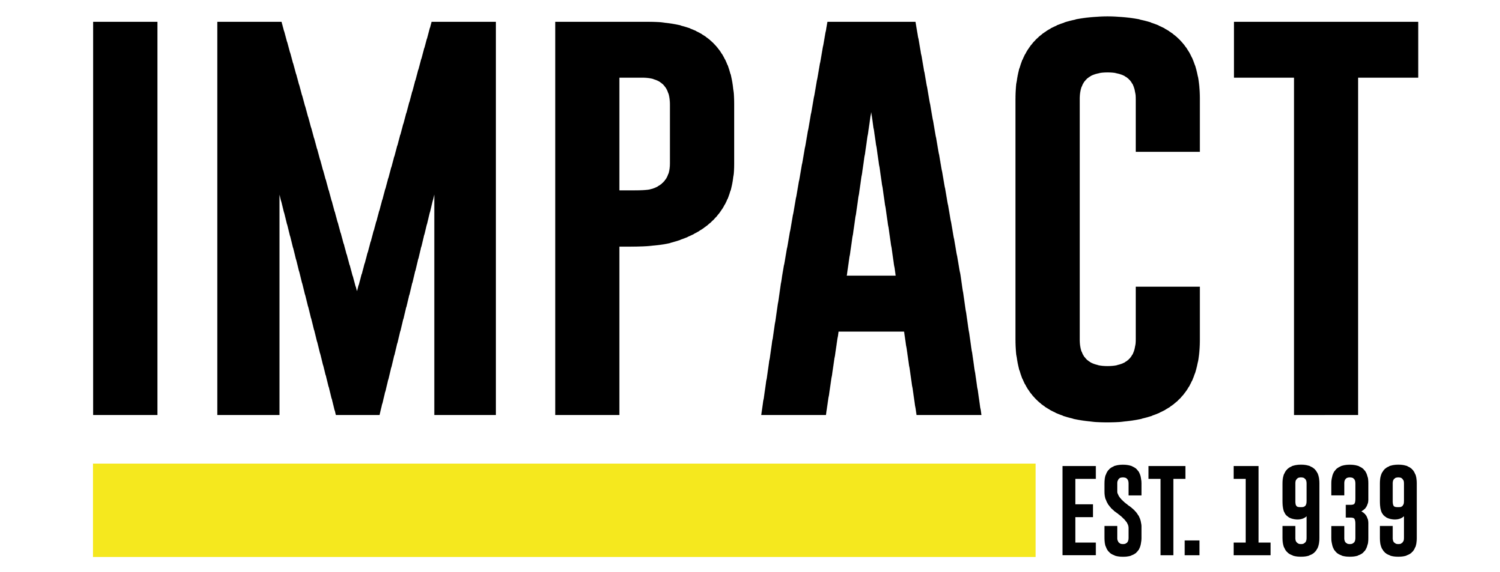Leacsaidh Marlow
The National Institute for Health (NIH) defines health misinformation as “any health-related claim of fact that is false based on current scientific consensus”. In an age where almost all of the information we need to individually verify or nullify a scientific claim being made by someone is available in seconds, why do people insist on taking medical information on the internet at face value? The fact that people now trust the word of their favourite TikTok influencer or a faceless individual on X over that of qualified scientific and medical professionals, to the detriment of medical trust, is arguably one of the most significant dangers of social media and shock-value journalism. But who is responsible for this media illiteracy becoming endemic, and with whom does the responsibility lie to tackle this issue? Impact’s Leacsaidh Marlow explores the dangers of medical misinformation and the groups at fault for its increasing severity…
The key perpetrators implicated in the issue of medical misinformation are social media influencers, journalists, the government, and scientists/healthcare professionals themselves. Looking at each of these groups in turn and identifying the mistakes that lead to ineffective communication of information is key in elucidating exactly why we are currently in an ‘infodemic’ (a term coined by the American Psychological Association).
Social media is being flooded with false medical and scientific information, perpetuated by influencers with young and impressionable audiences who disseminate untrue claims, either for want of furthering a conspiracy narrative, e.g. to sell alternative products, or unintentionally due to a lack of comprehension themselves.
The information being communicated on the site is incredibly difficult to navigate
The increasing prevalence of parasocial relationships between influencers and followers, and the steadily decreasing age of those using social media sites, both aid in influencers gaining their followers’ trust and exploiting this, whether knowingly or not, to push agendas based on incorrect or unverified scientific information.
The biggest crisis is the rise of health influencers, who now dominate a large portion of the content on Instagram and TikTok, some registered dieticians, some gym bros with no scientific background, almost all contributing to the damaging landscape of ‘education’ on these platforms. It seems every other video is saying something different; carbs are bad, carbs are good, eat lots of fat, fat is awful for you, you should be eating primarily fat, do more cardio, cardio is useless lift more weights, don’t lift weights you’ll get too ‘bulky’.
Medical misinformation isn’t simply damaging psychologically, it costs lives
The information being communicated on the site is incredibly difficult to navigate even as someone with a scientific background, for an audience of predominantly young teenagers it is not only impossible but also pushing incredibly dangerous narratives around food consumption, dieting and weight loss that are likely contributing to the rise in disordered eating in young adults.
And it doesn’t stop at dieting. Pseudo-scientists are exploiting platforms with impressionable audiences, such as TikTok, to propagate fake or unverified medical facts as well. This crisis became evident during the Covid-19 pandemic, when influencers began parroting back rumours or conspiracies they’d heard about the virus, or about the vaccines in circulation, enhancing the environment of fear and distrust in scientists and healthcare professionals.
Medical misinformation isn’t simply damaging psychologically, it costs lives. Social media creators and influencers with large followings have an obligation to not produce content that puts their followers in danger, and yet it seems so many don’t think twice before sharing an opinion or a ‘fact’ with no evidence.
Can we really blame non-scientists for trusting the word of other non-scientists
There is nothing fundamentally wrong with being wary of the healthcare system, or of undergoing medical procedures. There is nothing wrong with being a little skeptical of vaccines. At the end of the day, you should care about the things happening to, or entering, your body, and this is why medical autonomy is so important.
But this is why those who are trusted; scientific experts, professionals, journalists, etc.; have a duty to share the right information so that people can make those fully informed decisions for themselves, backed up by verified evidence. With the nature of parasocial relationships now putting social media creators firmly in that ‘trusted’ group for many, they too are also bound by duty to ensure the information they share is correct and isn’t harming anybody.
But is social media solely to blame? Not at all. The crisis of medical misinformation and media illiteracy is one being perpetuated by a plethora of different groups. Scientists and professionals themselves are in part at fault for encouraging distrust; the tendency of experts to write in jargon or in a way that is only conducive to communicating information to other experts means that the vast majority of information is being conveyed in a way that isn’t accessible to the wider population.
Can we really blame non-scientists for trusting the word of other non-scientists over specialists if the information we give them is unintelligible? There is a deep-rooted gap in effective science communication, and the effects of that disparity are becoming ever more evident.
Effectively tackling the misinformation crisis requires effort from both sides of the equation: influencers and creators need to be more considerate of their audiences and more vigilant with the information they share, while scientists and professionals need to better their communication with the general public and make information more accessible and digestible.
Leacsaidh Marlow
Featured image courtesy of Markus Winkler via Unsplash. Image license found here. No changes were made to this image.
For more content including uni news, reviews, entertainment, lifestyle, features and so much more, follow us on Instagram, and like our Facebook page for more articles and information on how to get involved.
If you just can’t get enough of Features, like our Facebook page as a reader or a contributor and follow us on Instagram.












